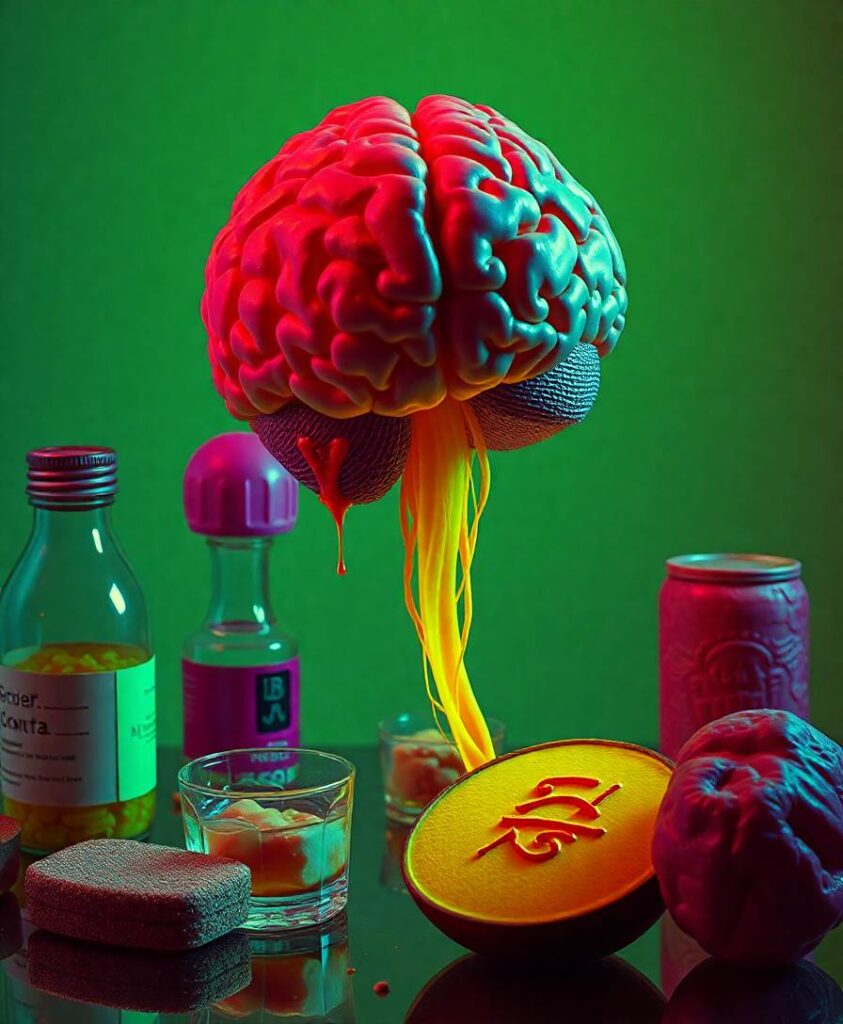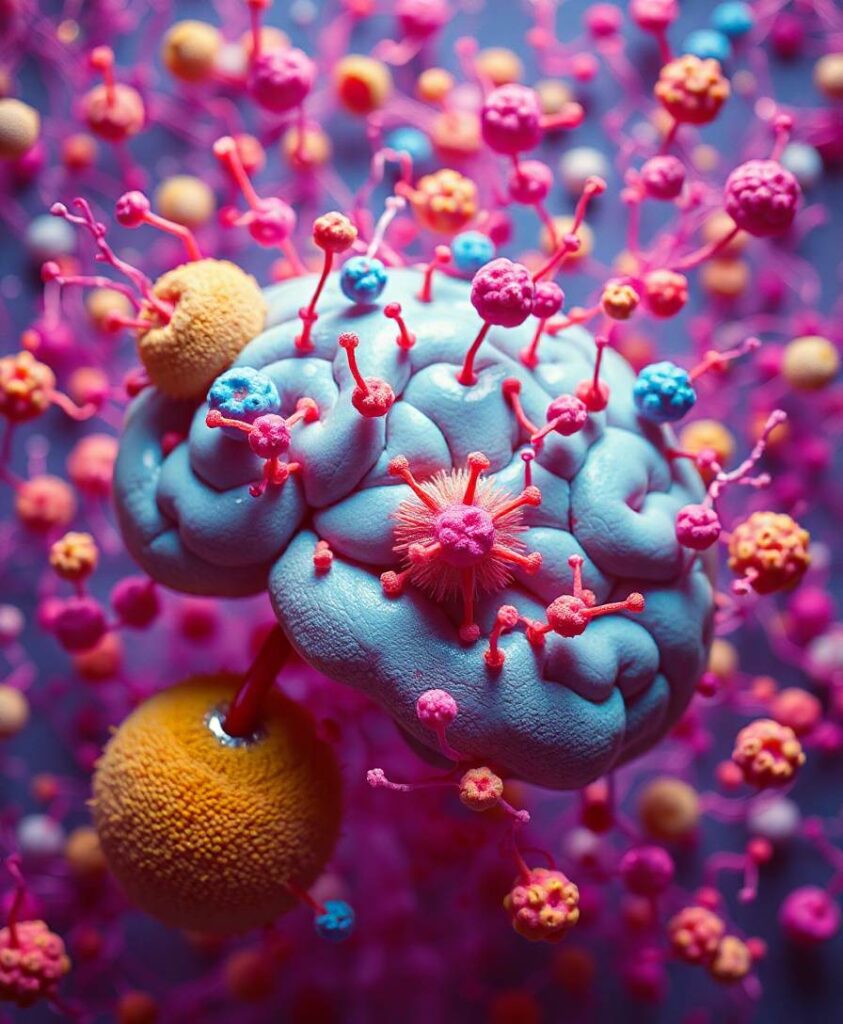Scientists are now applying these ideas to better understand complex chemical compounds. By representing chemical structures as graphs, with atoms as nodes and bonds as edges, researchers can uncover common patterns shared by different drugs. This knowledge is invaluable for pharmaceutical research and drug discovery. The partition dimension (pd) of a graph measures the minimum number of subsets needed in a resolving partition to uniquely represent all vertices. It turns out that for certain types of graphs called Toeplitz graphs, formed by specific combinations of generators, the partition dimension remains constant regardless of the size or complexity of the graph.
To delve deeper into this fascinating research and learn how it can revolutionize our understanding of molecular structures and drug development, read the full article!
Let G = (V(G), E(G)) be a graph with no loops, numerous edges, and only one component, which is made up of the vertex set V(G) and the edge set E(G). The distance d(u, v) between two vertices u, v that belong to the vertex set of H is the shortest path between them. A k-ordered partition of vertices is defined as β = {β1, β2, …, βk}. If all distances d(v, βk) are finite for all vertices v ∈ V, then the k-tuple (d(v, β1), d(v, β2), …, d(v, βk)) represents vertex v in terms of β, and is represented by r(v|β). If every vertex has a different presentation, the k-partition β is a resolving partition. The partition dimension of G, indicated by pd(G), is the minimal k for which there is a resolving k-partition of V(G). The partition dimension of Toeplitz graphs formed by two and three generators is constant, as shown in the following paper. The resolving set allows obtaining a unique representation for computer structures. In particular, they are used in pharmaceutical research for discovering patterns common to a variety of drugs. The above definitions are based on the hypothesis of chemical graph theory and it is a customary depiction of chemical compounds in form of graph structures, where the node and edge represent the atom and bond types, respectively.




